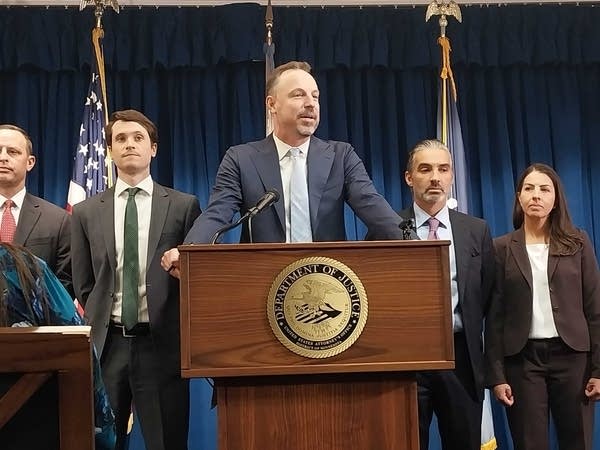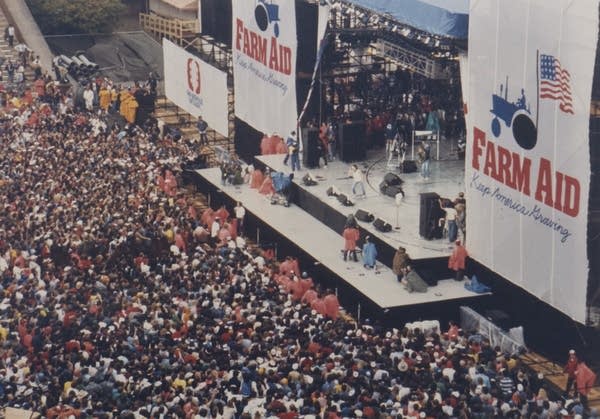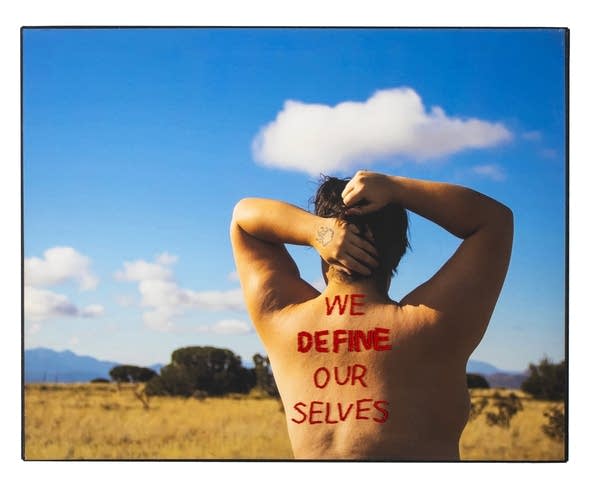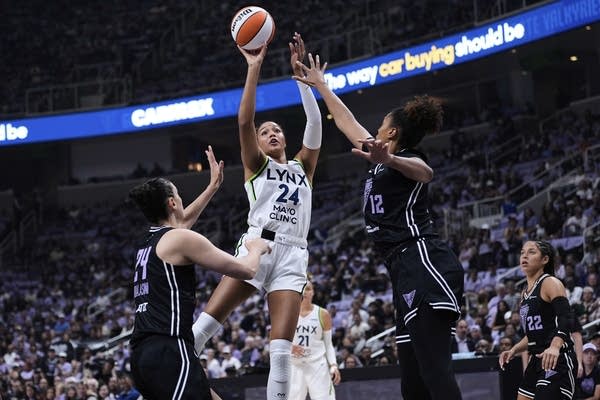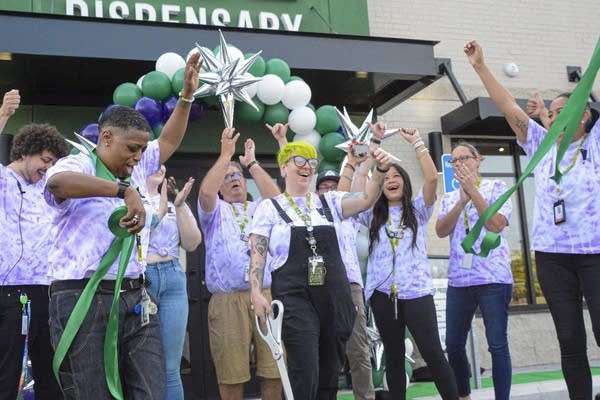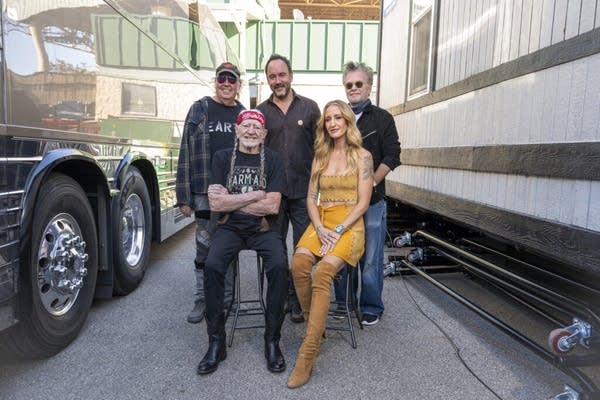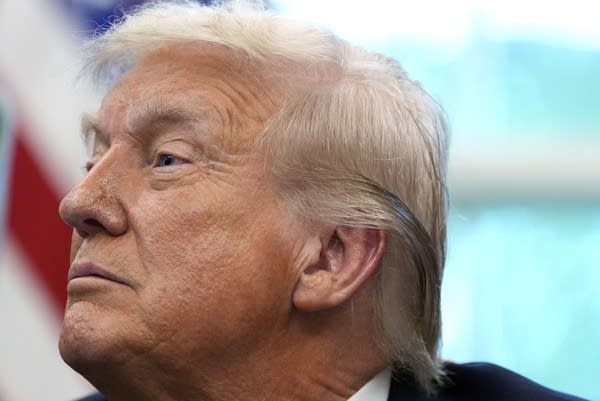Feds charge 8 in 'massive fraud' tied to Minnesota housing stabilization program
Federal Medicaid funds were supposed to help people with disabilities find housing. Instead, information on eligible beneficiaries was used to submit inflated and fake reimbursement claims, federal prosecutors said Thursday, adding that more charges are expected.
Go Deeper.
Create an account or log in to save stories.
Like this?
Thanks for liking this story! We have added it to a list of your favorite stories.



